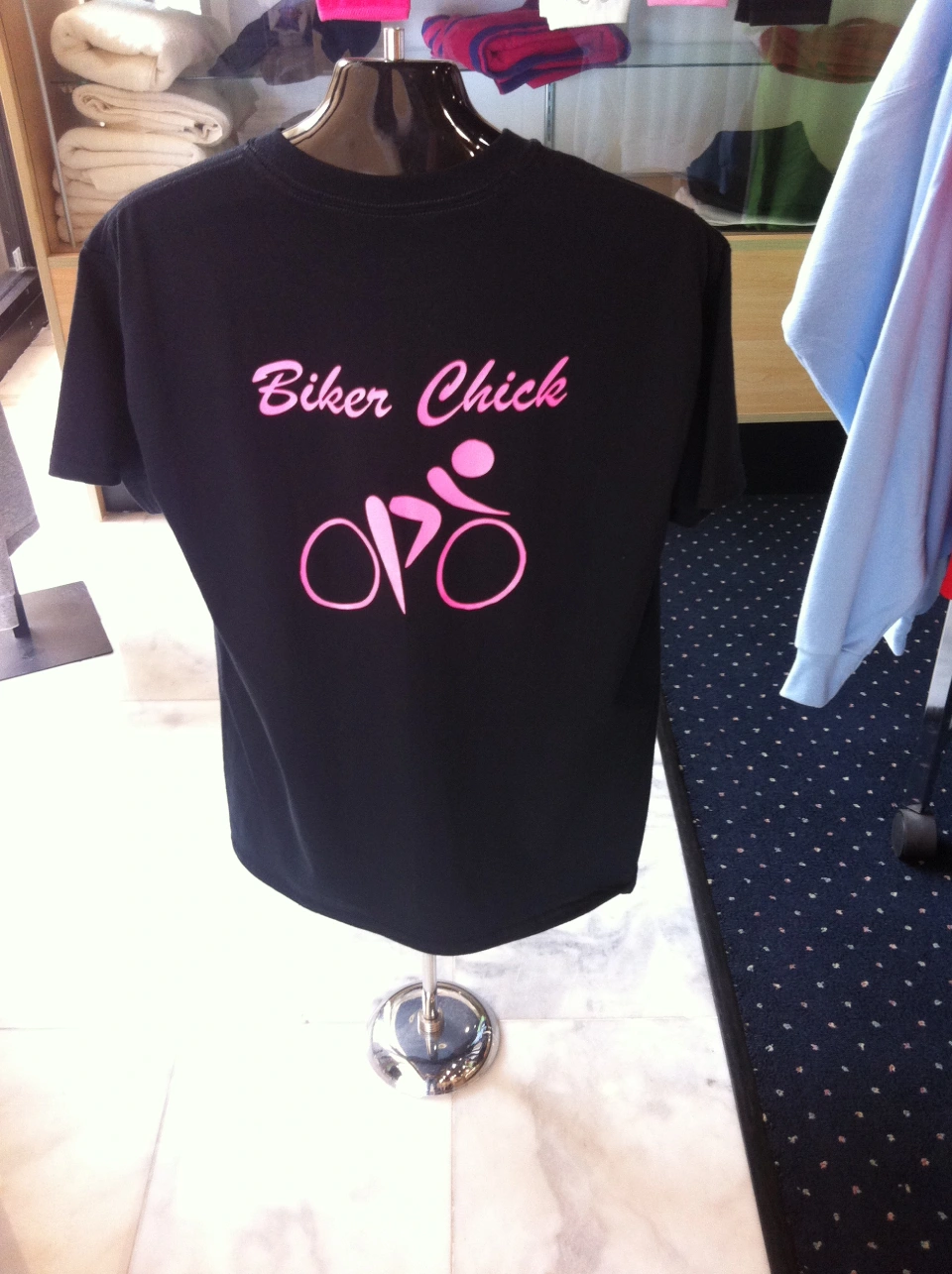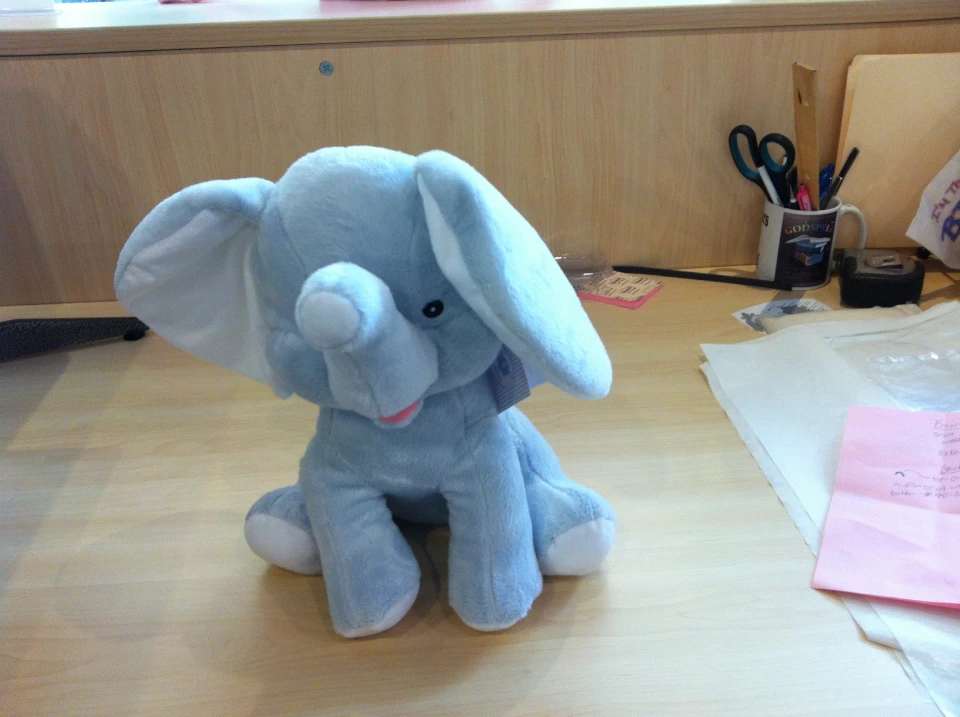The Art of Personalized Needlework: Unlocking the Secrets to Creating Distinct and Unforgettable Layouts
Needlework, a craft soaked in practice and artistry, holds within its intricate stitches the power to transform material into a canvas of special expression. The keys to creating customized embroidery styles that mesmerize the eye and leave an enduring perception hinge on a fragile equilibrium of strategy, creativity, and attention to detail. As we dig into the world of customized embroidery, we uncover the nuanced interplay between string option, sew intricacy, and layout customization that boosts a simple garment to a masterpiece. Join us on a journey through the art of customized embroidery as we unravel the enigmas behind crafting absolutely unforgettable and distinct productions.
Selecting the Right Embroidery Threads
When picking needlework strings, what key factors should you take into consideration to guarantee the finest outcomes for your custom designs? The choice of embroidery thread is essential in figuring out the final result of your embroidered design.
Additionally, the weight or thickness of the thread plays a significant role in the look of the needlework. Thicker strings can include dimension and texture to your design, while finer strings are ideal for detailed details and tiny message. Furthermore, thinking about the color fastness and washability of the thread is critical to make certain that your personalized styles preserve their quality and vibrancy with time. By meticulously examining these elements and selecting high-quality strings that satisfy your particular needs, you can improve the visual allure and long life of your embroidered productions.
Checking Out Different Stitch Strategies
To look into the realm of 'Exploring Various Stitch Techniques', one must comprehend the complexities and subtleties that each stitching approach gives the art of needlework. Different stitch techniques not just add aesthetic interest yet also add to the overall appearance and dimension of the style. One popular stitch method is the satin stitch, which involves carefully stuffed parallel stitches to create a smooth and shiny surface area, ideal for filling out forms and creating strong lays out.
On the other hand, the backstitch is a flexible strategy typically used for detailing and including fine information. It entails stitching backwards to develop a strong line of embroidery. In addition, the French knot stitch includes a tactile aspect to styles, excellent for creating textured accents like blossom facilities or attractive touches.
Exploring different stitch methods enables embroiderers to have fun with light, shadow, and depth within their styles, boosting the visual allure and artistic top quality of their needlework projects. By grasping numerous sewing approaches, one can unlock limitless opportunities for creating distinct and unforgettable personalized embroidery pieces.
Incorporating Personalized Style Aspects
Having actually discovered the complexities of different stitch methods such as the satin stitch, backstitch, and French knot, the focus currently moves in the direction of including personalized design elements in custom embroidery projects. Personalized layout components play an important role in making embroidery tasks really one-of-a-kind and memorable. One means to integrate personalization is by adding initials, names, or significant dates to the design. This not just includes an individualized page touch but also boosts the emotional value of the needlework item.
An additional method to incorporate individualized design components is by including icons or themes that hold unique meaning to the recipient or mirror their rate of interests and individuality. As an example, incorporating a preferred blossom, animal, or hobby-related icon can make the embroidery style much more purposeful and customized. Additionally, picking colors that reverberate with the recipient or align with the designated motif can additionally boost the personalization of the needlework project.
Grasping the Art of Shade Coordination

One key element of color sychronisation is understanding shade theory. This includes recognizing exactly how various colors engage with each other, the emotions they share, and exactly how they can be incorporated to create visually enticing designs. By using color theory concepts, embroiderers can create harmonious shade palettes that improve the total look of the style.
In addition, focusing on comparison is crucial in shade coordination. Using contrasting shades can help specific elements of the style pop, boost clarity, and produce an aesthetically dynamic embroidery piece. By understanding the art of color sychronisation, embroiderers can raise their layouts Go Here and create unforgettable items that resonate with clients and audiences alike.
Enhancing Appearance With Advanced Needlework Stitches

Bullion knots, on the various other hand, can be made use of to develop twisted, ropelike components that include a lavish feeling to the needlework. Exploring with these sophisticated embroidery stitches allows you to press the borders of typical needlework and produce really unique and aesthetically attractive structures in your designs.
Conclusion
In verdict, the art of personalized embroidery involves a mix of selecting the right strings, checking out different stitch techniques, including tailored layout elements, mastering shade coordination, and boosting structure with sophisticated stitches. By recognizing and carrying out these essential elements, embroiderers can produce special and memorable layouts that showcase their creative thinking and ability. Embroidery fanatics can unlock the keys to developing lovely and bespoke items that stand apart and leave a lasting perception.